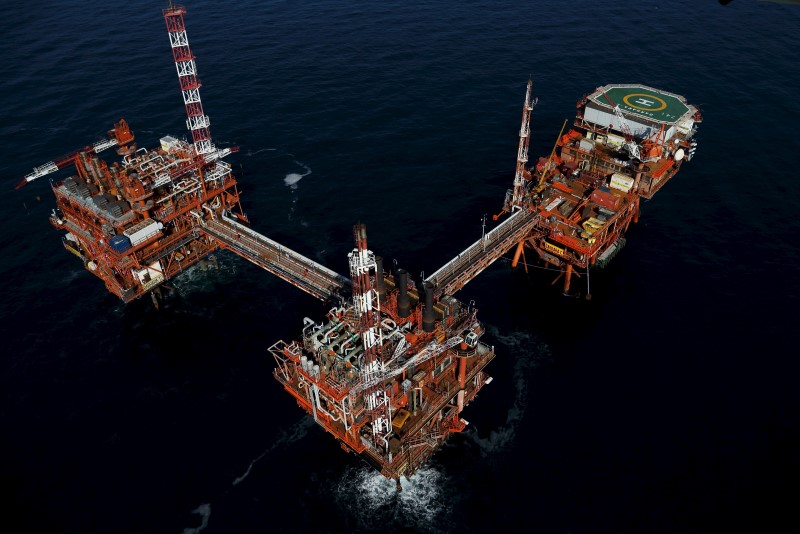By Peter Nurse
Investing.com -- Oil prices pushed higher Friday, set for another week of gains, helped by continued geopolitical tensions between Russia and Ukraine and with top producers set to continue a gradual increase in output even as fuel demand rises.
By 5 AM ET (1000 GMT), U.S. crude futures traded 0.4% higher at $86.92 a barrel, having climbed to a seven-year high of $88.54 on Thursday, while the Brent contract rose 0.3% to $88.40, just off the previous session’s peak, which was the highest since October 2014.
U.S. Gasoline RBOB Futures were up 0.7% at $2.5397 a gallon.
“The ongoing rally in crude oil is relentless,” said Matthew Weller, Global Head of Market Research at GAIN Capital, in a note, “despite concerns about subdued demand as Omicron spreads across the globe like wildfire and a surging U.S. dollar in the wake of the hawkish FOMC meeting."
Helping the crude market trade higher have been the mounting concerns over Russia’s intentions towards Ukraine, especially after Moscow criticised U.S. proposals aimed at defusing the crisis, saying they failed to address Russia’s demands to prevent NATO expansion.
Russia has massed thousands of troops near Ukraine’s eastern border, and European Union’s trade chief, Valdis Dombrovskis, stated the bloc could target the energy sector if Russia were to invade Ukraine. Russia supplies Europe with much of its natural gas, and any sanctions could spark a mad dash for alternative crude supplies.
Additionally, the market is looking toward next week’s meeting of the Organization of the Petroleum Exporting Countries and allies led by Russia, a group known as OPEC+.
The group is expected to stick with its strategy of an increase of 400,000 barrels a day in output quotas per month. It has struggled to meet its targets under that strategy, with almost all signatories to the deal excluding Saudi Arabia and the United Arab Emirates unable to raise output as planned due to various historical problems.
That is a problem, given that the global economic rebound is taking demand back to pre-pandemic levels. Data released on Thursday showed the U.S. economy notched its strongest growth in nearly four decades in 2021, growing 5.7% last year, the strongest since 1984, after increasing at a 6.9% annualized rate in the fourth quarter.
In Europe too, French GDP grew by 7% in 2021 as a whole, the strongest since 1969, while Spain's economy expanded at its fastest pace in two decades last year.
Germany provided the contrast, as the largest economy in the Eurozone shrank 0.7% in the fourth quarter.
The Baker Hughes’ drilling rig count and the CFTC’s positioning data round off the week later in the session.
